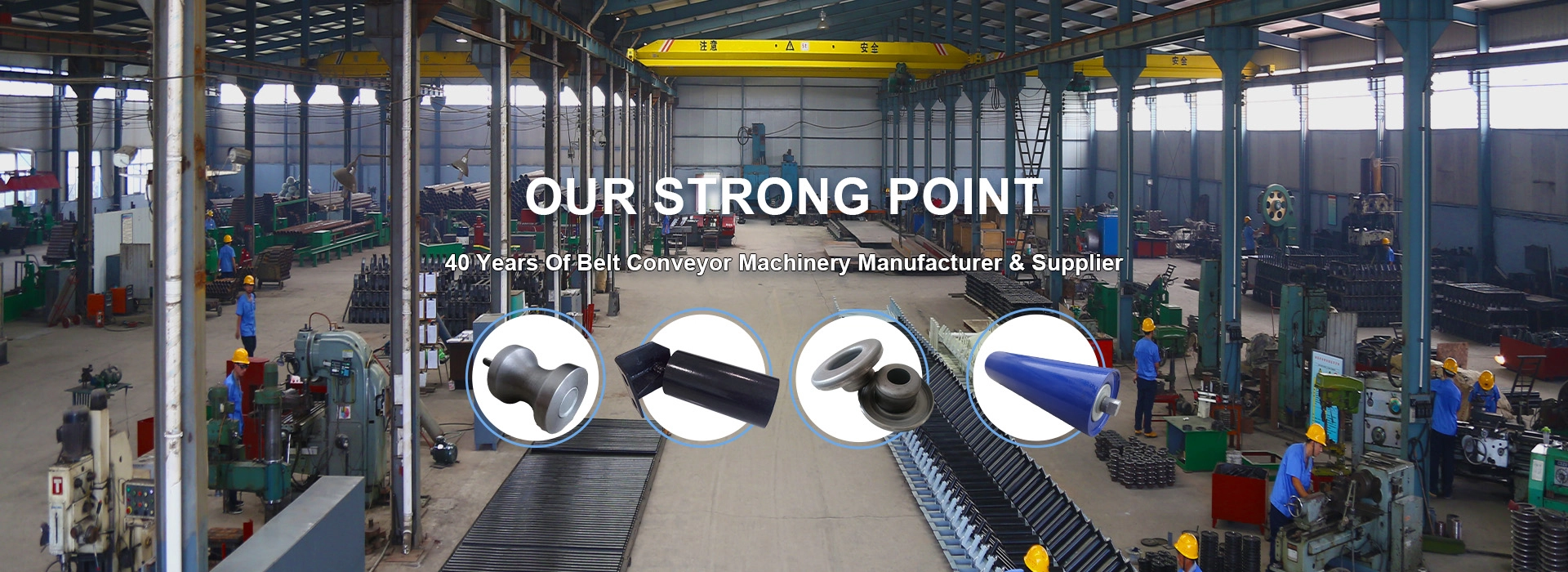 Afrikaans
Afrikaans  Albanian
Albanian  Amharic
Amharic  Arabic
Arabic  Armenian
Armenian  Azerbaijani
Azerbaijani  Basque
Basque  Belarusian
Belarusian  Bengali
Bengali  Bosnian
Bosnian  Bulgarian
Bulgarian  Catalan
Catalan  Cebuano
Cebuano  Corsican
Corsican  Croatian
Croatian  Czech
Czech  Danish
Danish  Dutch
Dutch  English
English  Esperanto
Esperanto  Estonian
Estonian  Finnish
Finnish  French
French  Frisian
Frisian  Galician
Galician  Georgian
Georgian  German
German  Greek
Greek  Gujarati
Gujarati  Haitian Creole
Haitian Creole  hausa
hausa  hawaiian
hawaiian  Hebrew
Hebrew  Hindi
Hindi  Miao
Miao  Hungarian
Hungarian  Icelandic
Icelandic  igbo
igbo  Indonesian
Indonesian  irish
irish  Italian
Italian  Japanese
Japanese  Javanese
Javanese  Kannada
Kannada  kazakh
kazakh  Khmer
Khmer  Rwandese
Rwandese  Korean
Korean  Kurdish
Kurdish  Kyrgyz
Kyrgyz  Lao
Lao  Latin
Latin  Latvian
Latvian  Lithuanian
Lithuanian  Luxembourgish
Luxembourgish  Macedonian
Macedonian  Malgashi
Malgashi  Malay
Malay  Malayalam
Malayalam  Maltese
Maltese  Maori
Maori  Marathi
Marathi  Mongolian
Mongolian  Myanmar
Myanmar  Nepali
Nepali  Norwegian
Norwegian  Norwegian
Norwegian  Occitan
Occitan  Pashto
Pashto  Persian
Persian  Polish
Polish  Portuguese
Portuguese  Punjabi
Punjabi  Romanian
Romanian  Russian
Russian  Samoan
Samoan  Scottish Gaelic
Scottish Gaelic  Serbian
Serbian  Sesotho
Sesotho  Shona
Shona  Sindhi
Sindhi  Sinhala
Sinhala  Slovak
Slovak  Slovenian
Slovenian  Somali
Somali  Spanish
Spanish  Sundanese
Sundanese  Swahili
Swahili  Swedish
Swedish  Tagalog
Tagalog  Tajik
Tajik  Tamil
Tamil  Tatar
Tatar  Telugu
Telugu  Thai
Thai  Turkish
Turkish  Turkmen
Turkmen  Ukrainian
Ukrainian  Urdu
Urdu  Uighur
Uighur  Uzbek
Uzbek  Vietnamese
Vietnamese  Welsh
Welsh  Bantu
Bantu  Yiddish
Yiddish  Yoruba
Yoruba  Zulu
Zulu conveyor head drum
Understanding the Conveyor Head Drum Its Role and Importance
In the world of material handling and transportation, conveyor systems play a crucial role in enhancing efficiency and productivity. Among the key components of these systems is the conveyor head drum, a vital part that ensures the smooth operation and functionality of conveyors. This article will explore the concept of the conveyor head drum, its structure, functions, and significance in various industrial applications.
What is a Conveyor Head Drum?
A conveyor head drum, often referred to as a head pulley, is a cylindrical component at the end of a conveyor belt system. It is usually located at the discharge point, where materials are transferred off the conveyor and onto another process or storage system. The head drum serves as the driving force for the conveyor belt, powered by an electric motor that rotates the drum and moves the belt in a continuous loop.
Structure and Design
The design of a conveyor head drum is crucial for its performance and durability. Typically, these drums are constructed from robust materials like steel or rubberized surfaces, ensuring they can withstand the rigors of industrial environments. The drum’s diameter and length can vary based on the specific conveyor design and the type of materials being transported. Additionally, the surface of the head drum is often textured or equipped with grooves to enhance grip, preventing materials from slipping during movement.
Functions of the Conveyor Head Drum
conveyor head drum

One of the primary functions of the conveyor head drum is to act as a drive mechanism for the conveyor belt. As the motor turns the drum, it transfers motion to the belt, allowing for the movement of materials. The head drum also plays a pivotal role in the tensioning of the belt, helping to prevent slippage and ensuring that the belt operates efficiently.
Another critical function of the head drum is to facilitate the discharge of materials. As the belt approaches the head drum, it elevates the materials to the discharge point, where they can be funneled into bins, hoppers, or other conveyors for further processing. This is particularly important in industries like mining, manufacturing, and logistics, where the proper transfer of bulk materials is essential.
Significance in Industrial Applications
Conveyor head drums are integral to the efficient operation of various industries. In mining operations, for example, they are essential for transporting ore and other materials from extraction sites to processing facilities. In manufacturing, head drums enable the movement of products along assembly lines, streamlining production processes. In logistics and warehousing, head drums help in the quick and efficient sorting and distribution of goods.
Moreover, the effective design and maintenance of head drums can significantly reduce operational costs by minimizing wear and tear on conveyor systems. Regular inspections and timely replacements can prevent breakdowns, ensuring continuous operation and reducing downtime.
Conclusion
In summary, the conveyor head drum is a fundamental component of conveyor systems that drives efficiency across numerous industrial applications. Understanding its structure and functions helps in appreciating its significant role in material handling. As industries continue to evolve, advancements in conveyor technology and design will further enhance the capabilities of head drums, ensuring they remain essential in the transportation of goods and materials.
-
Revolutionizing Conveyor Reliability with Advanced Rubber Lagging PulleysNewsJul.22,2025
-
Powering Precision and Durability with Expert Manufacturers of Conveyor ComponentsNewsJul.22,2025
-
Optimizing Conveyor Systems with Advanced Conveyor AccessoriesNewsJul.22,2025
-
Maximize Conveyor Efficiency with Quality Conveyor Idler PulleysNewsJul.22,2025
-
Future-Proof Your Conveyor System with High-Performance Polyurethane RollerNewsJul.22,2025
-
Driving Efficiency Forward with Quality Idlers and RollersNewsJul.22,2025





























